The Vietnamese rice industry has gone through many ups and downs. Most recently, the phenomenon of Vietnamese rice prices falling right at the peak harvest season has affected farmers' rice consumption activities.
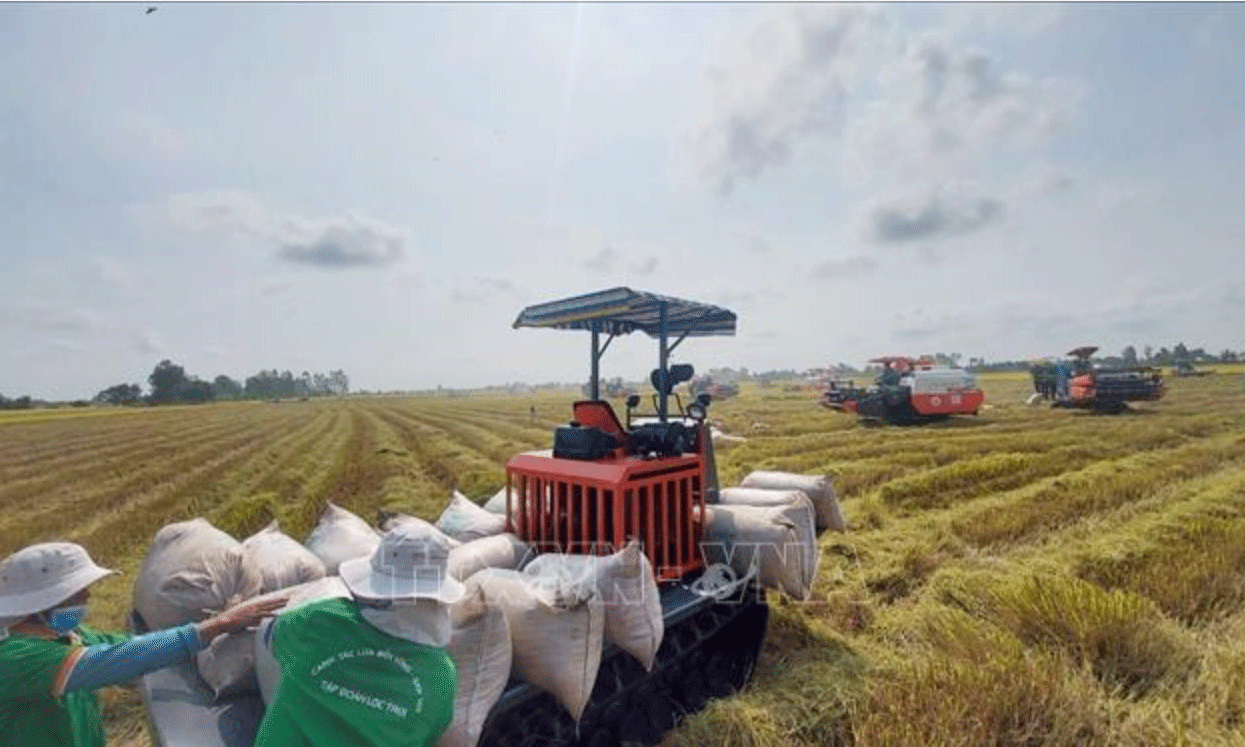 |
| Farmers in Thoai Son district (An Giang) harvest winter-spring rice. Illustrative photo: Cong Mao/VNA |
According to Mr. Nguyen Anh Phong, Deputy Director of the Institute of Agricultural and Environmental Policy and Strategy, high-brand rice is the choice of enterprises. Enterprises play an important role in market orientation and value orientation in the Vietnamese rice chain. Therefore, the Ministry of Agriculture and Environment assigned the Institute of Agricultural and Environmental Policy and Strategy to review potential markets and new markets; including analyzing which types of rice are suitable for new markets, who are the competitors, and how Vietnamese rice can gain a good market share in those markets.
Typically, in the African market, there are some countries that have recently increased their imports of Vietnamese rice, with a rapid growth rate of more than 30% in the past 2-3 years. The type of rice exported to this market is suitable for Vietnam's supply capacity and can be replaced if traditional markets encounter problems. In addition to Africa, there are also specific niche markets such as the Middle East, Arab countries and some other countries such as the US, France... which are countries that use high-quality rice such as fragrant rice, Jasmine rice, many businesses have made breakthroughs, experimenting with changing packaging and designs with small rice bags of 1kg, 2kg, 5kg and paying attention to environmental issues. These are initiatives that need to be replicated to reach high-end markets.
Dr. Tran Ngoc Thach, Director of the Mekong Delta Rice Institute, said that the Institute pays more attention to rice quality. From there, rice varieties are temporarily divided into segments including: fragrant rice, high-quality rice, high-yield rice, sticky rice, Japanese rice and rice with low glycemic index and nutritional value. However, these quality rice varieties must always be researched and improved to have a source of goods as required by the market. If we do not focus on research and improvement, the rice varieties that have a life cycle, in 10 years, OM5451 and OM18 will become degenerate. When planted 20-30 times continuously, the rice varieties that are resistant to pests and diseases will be infected with pests and diseases again.
Currently, in the research of breeding, the Mekong Delta Rice Research Institute still selects popular varieties, continues to improve the ability to resist pests and diseases by crossbreeding, still maintaining the quality of rice and the basic characteristics of that variety. Secondly, the Vietnamese rice industry has also mastered the technology, so it continues to apply new techniques and technologies to create varieties according to segments so as not to be passive, whatever the market needs, Vietnam has that variety.
Currently, with the policies on rice industry development of the Government and the Ministry of Agriculture and Environment, the rice industry is focusing and emphasizing on high-quality varieties, low-emission farming methods, and the rice growing area in Vietnam tends to decrease according to the orientation of the Government and the agricultural sector.
Mr. Do Ha Nam, Chairman of the Vietnam Food Association, shared that this may show that in the future, Vietnam's rice will be less than it is now. However, in order for new markets to import Vietnamese rice smoothly, businesses must also consider many factors such as: Requirements on payment methods (lending, extending payment time); impact on the business's finances and credit limit...
At the same time, rice businesses also need to clearly identify their buyers in order to have appropriate pricing policies, ensuring the interests of both sellers and buyers, as well as domestic food security. Importing rice (such as from Cambodia) plays an important role in ensuring supply for domestic consumers, especially the poor, as well as being able to meet sudden increases in export orders. The main goal of market expansion is to stabilize goods and ensure food security, not just increase export output.
However, the core problem of the Vietnamese rice industry still belongs to the key component of the industry, the farmers. The 1 million hectares of high-quality, low-emission rice project of the Ministry of Agriculture and Environment is both an opportunity and a challenge for both farmers and rice enterprises today. The project was born with the desire that farmers must have stable income, rice production must be profitable compared to other crops, rice must be stable, high quality, food safety... those are the challenges. The biggest thing of the project is to look at rice production not from the perspective of rice grains but from the perspective of farmers, Mr. Le Thanh Tung, Vice President of the Vietnam Rice Industry Association emphasized.
However, helping farmers improve production, reduce costs, reduce emissions, and increase income from the 1 million hectares of high-quality, low-emission rice project has brought about clear results over the past year. Many rice production cooperatives have also recorded this level of profit, even when rice prices fell, such as in the 2024-2025 Winter-Spring crop.
Mr. Pham Thai Binh, General Director of Trung An High-Tech Agriculture Joint Stock Company, affirmed that the 1 million hectares of high-quality, low-emission rice project has eliminated all the negative aspects of the rice industry that have existed for more than ten years, helping farmers not to struggle with input materials when input prices increase, or to hesitate when entering the peak harvest but rice prices decrease. Unexpected fluctuations may not bring high profits as farmers expect, but still ensure profits for farmers and rotate production.
( According to https://baotintuc.vn/kinh-te/tung-buoc-da-dang-hoa-thi-truong-xuat-khau-gao-20250405102701093.htm )
Source: https://baoapbac.vn/kinh-te/202504/tung-buoc-da-dang-hoa-thi-truong-xuat-khau-gao-1038943/


![[Photo] Looking back at the impressive moments of the Vietnamese rescue team in Myanmar](https://vstatic.vietnam.vn/vietnam/resource/IMAGE/2025/4/11/5623ca902a934e19b604c718265249d0)
![[Photo] "Beauties" participate in the parade rehearsal at Bien Hoa airport](https://vstatic.vietnam.vn/vietnam/resource/IMAGE/2025/4/11/155502af3384431e918de0e2e585d13a)




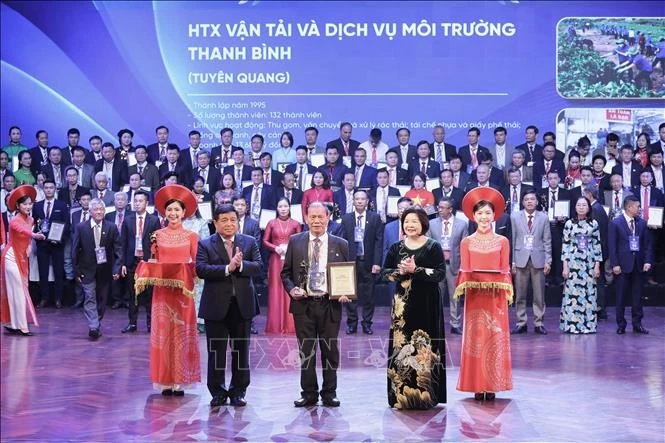
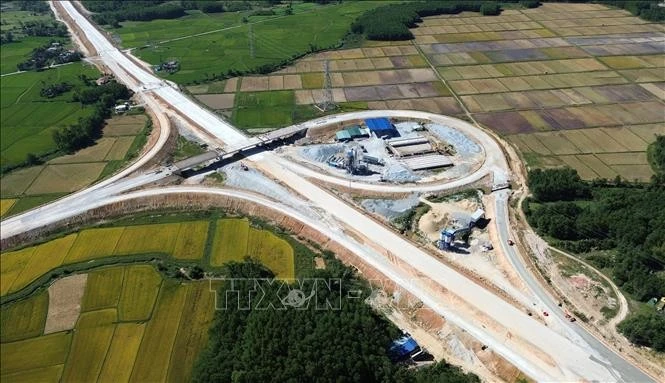
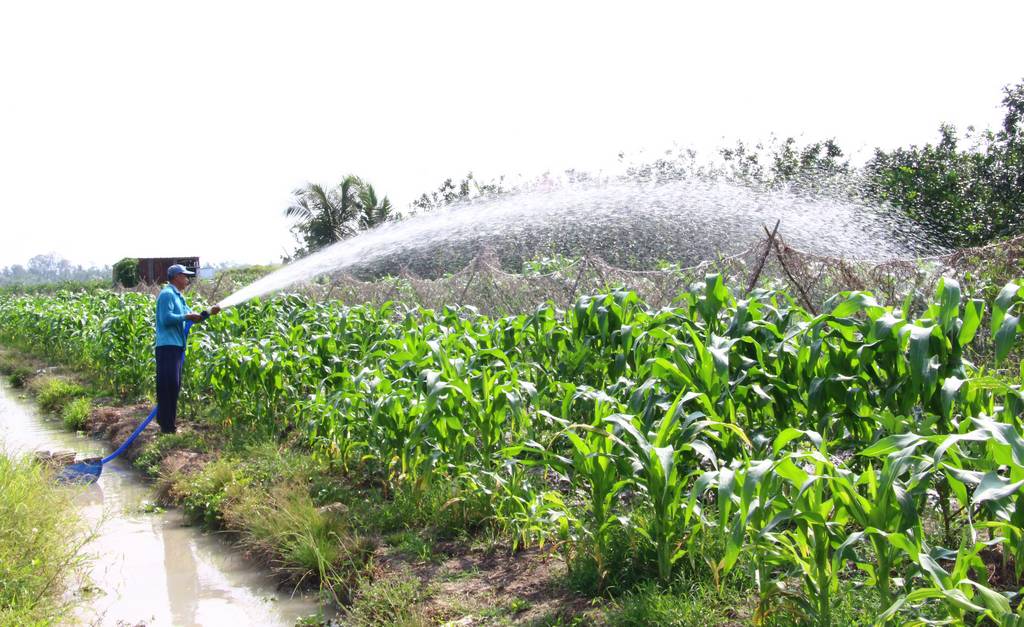
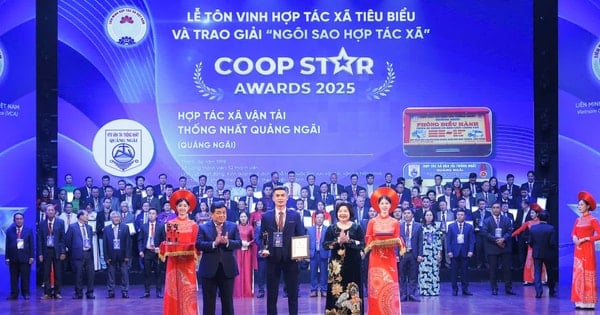
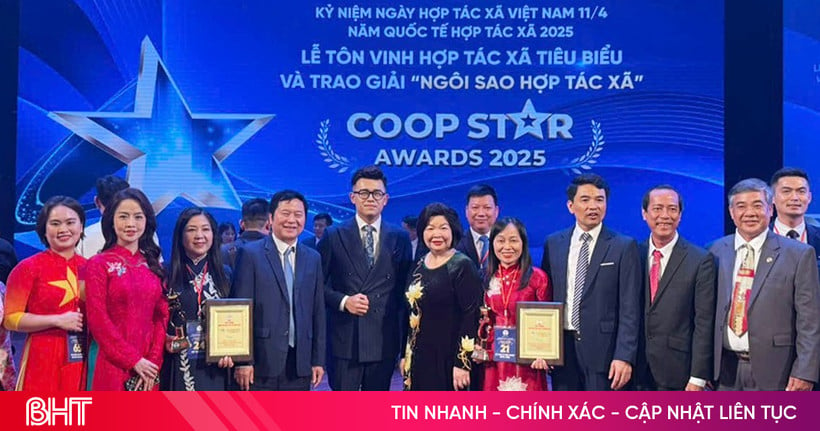
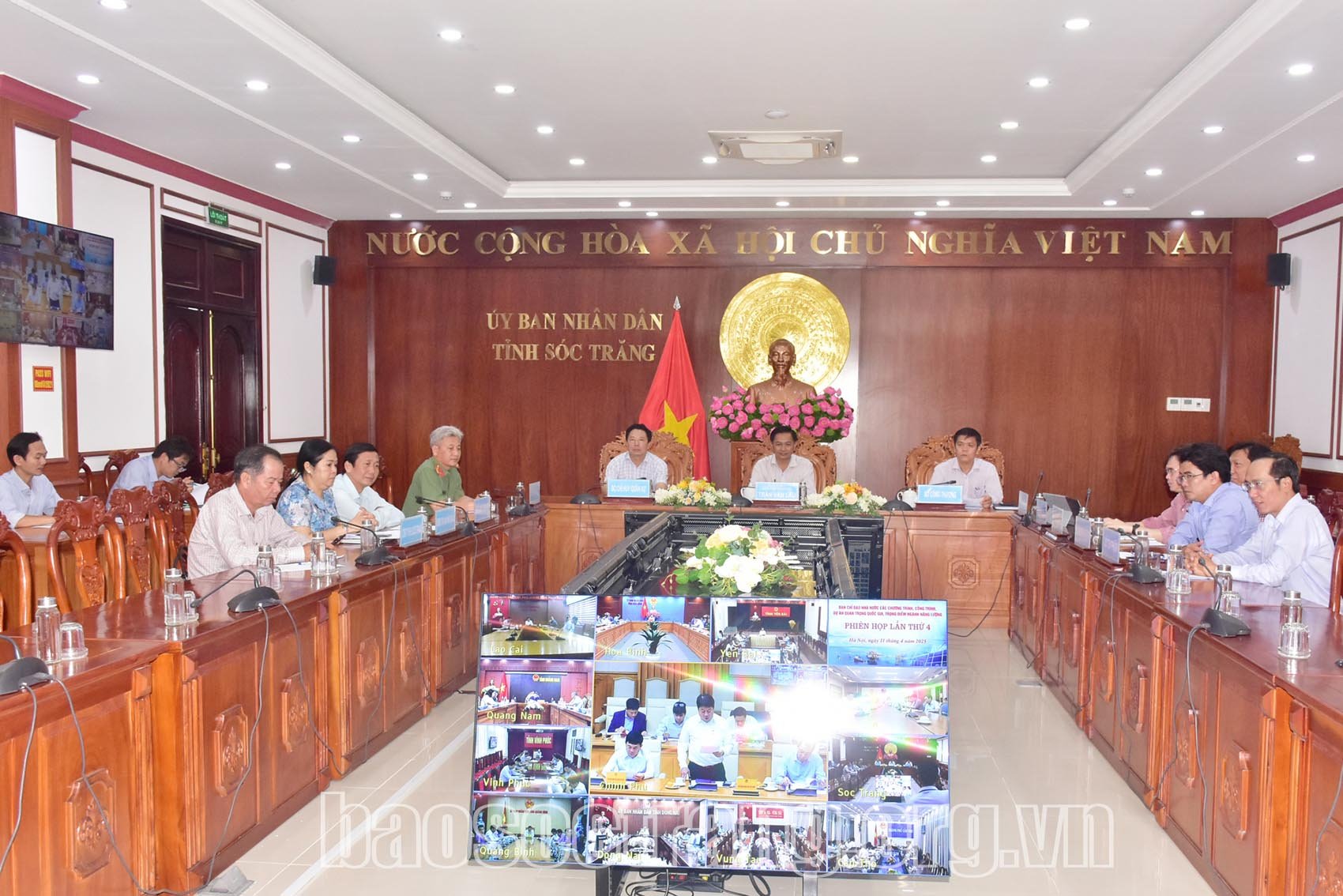


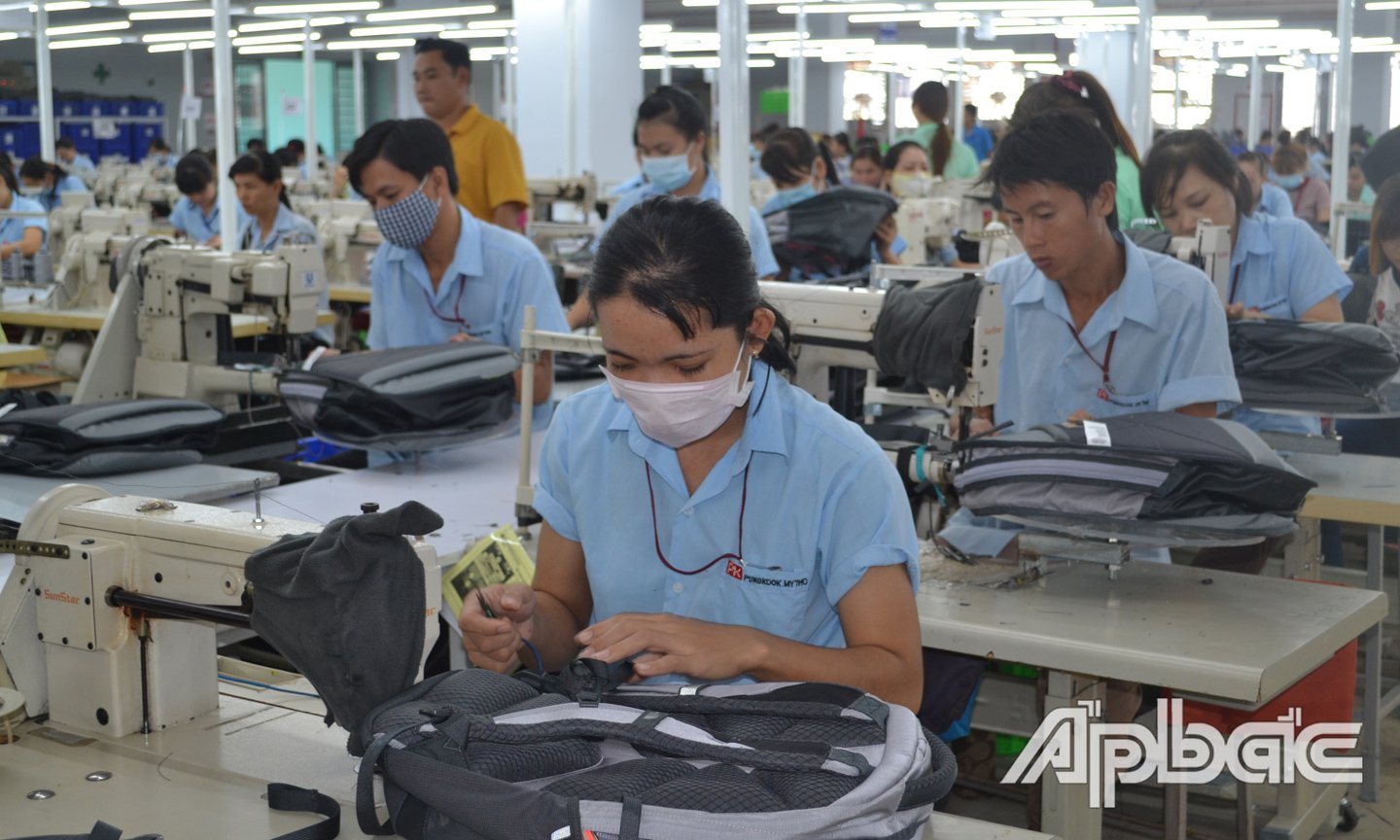
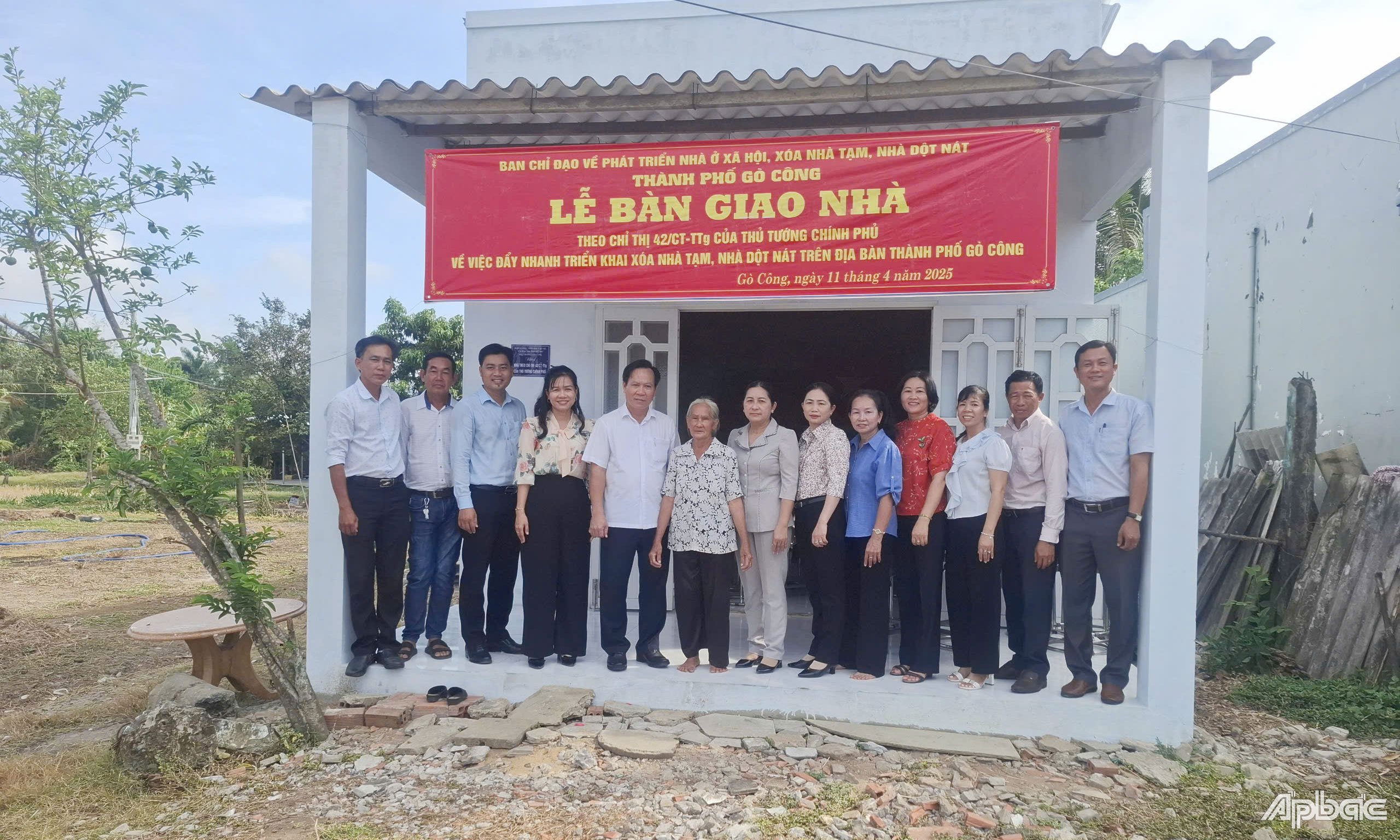
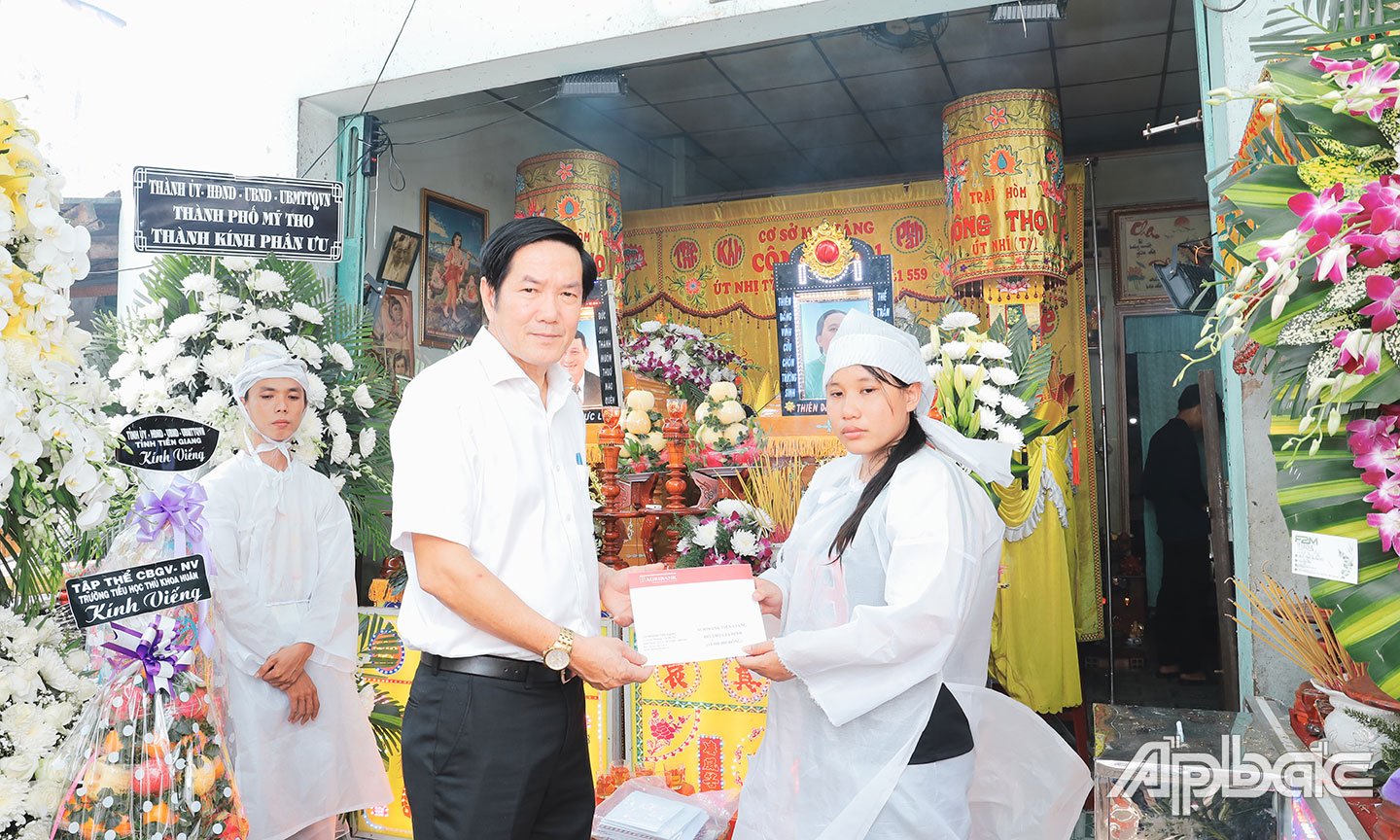
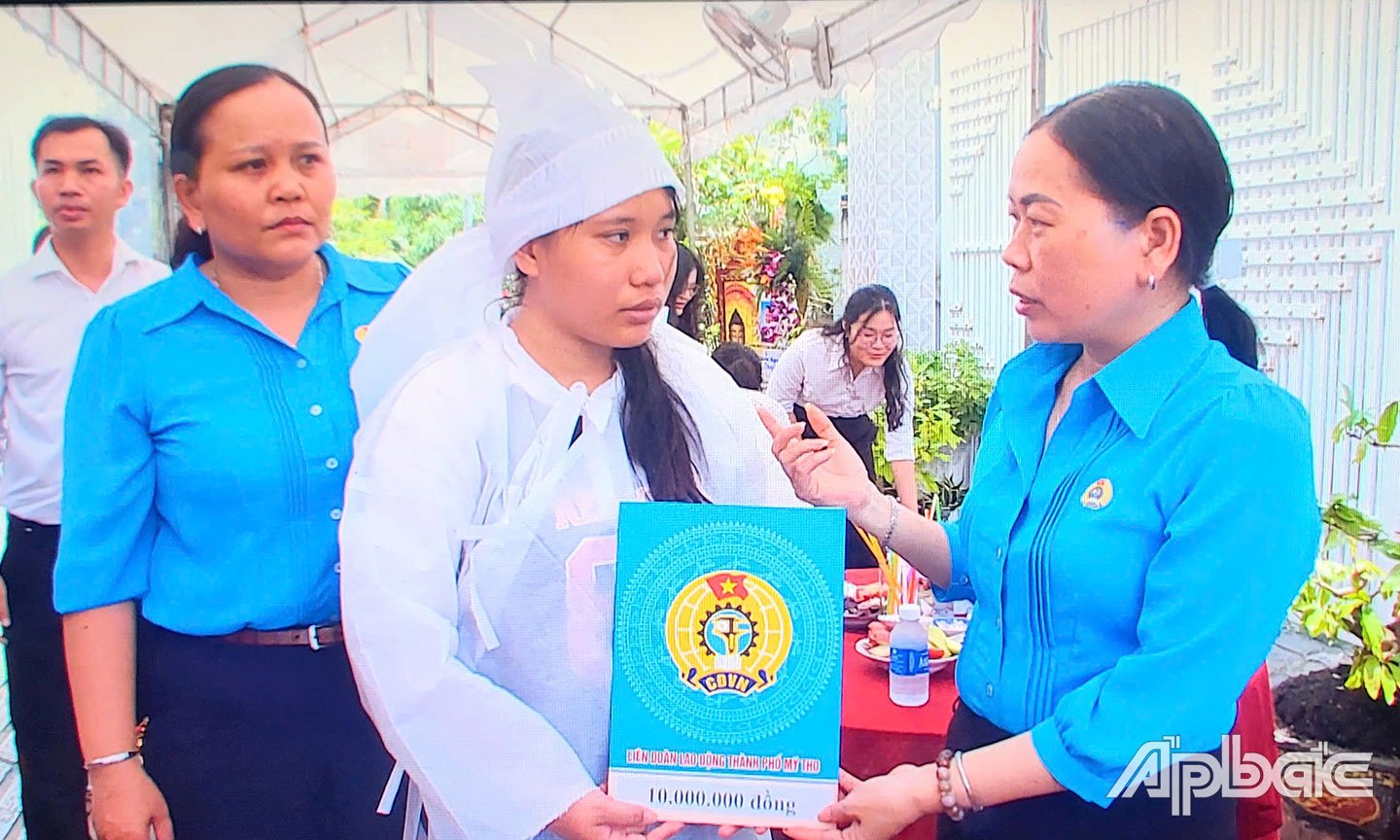
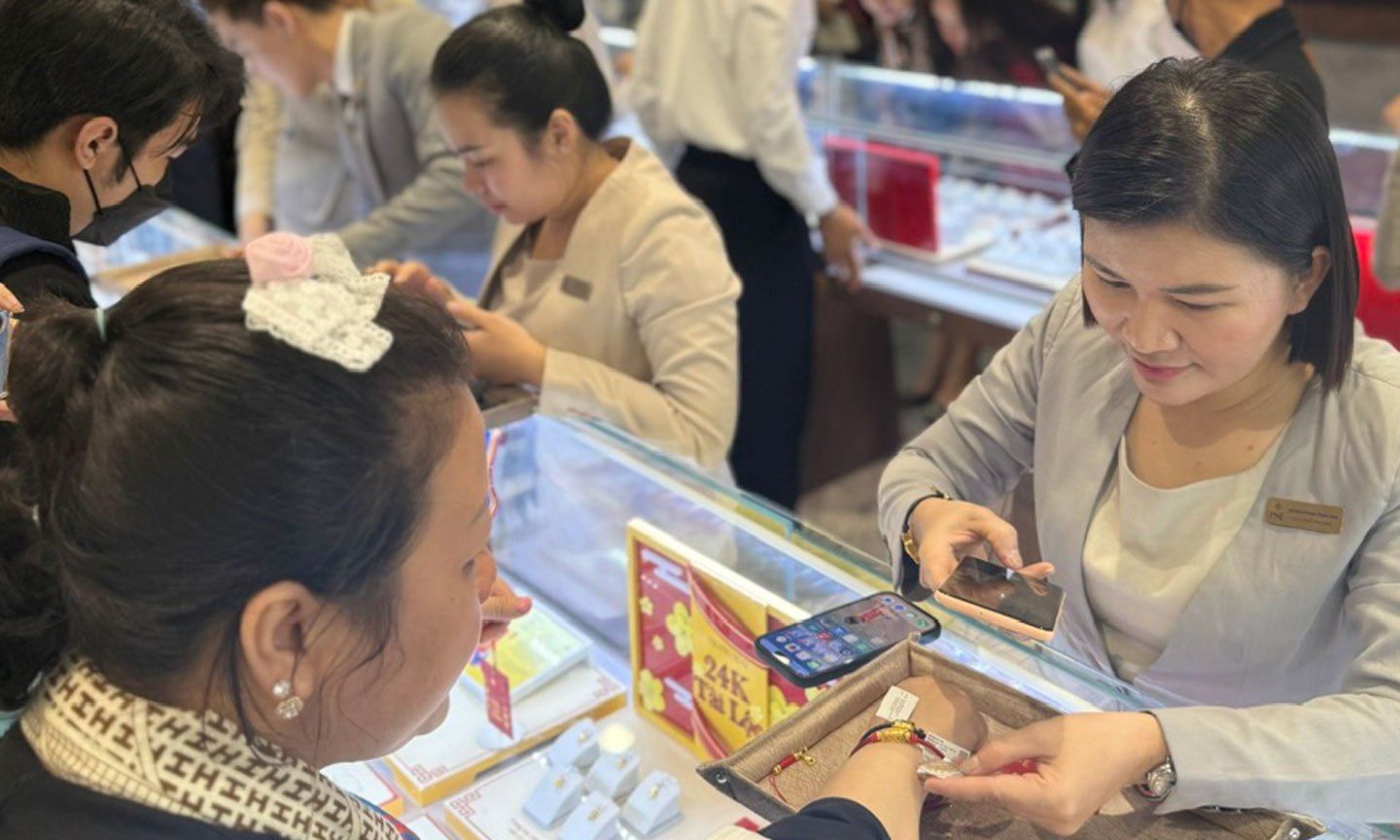
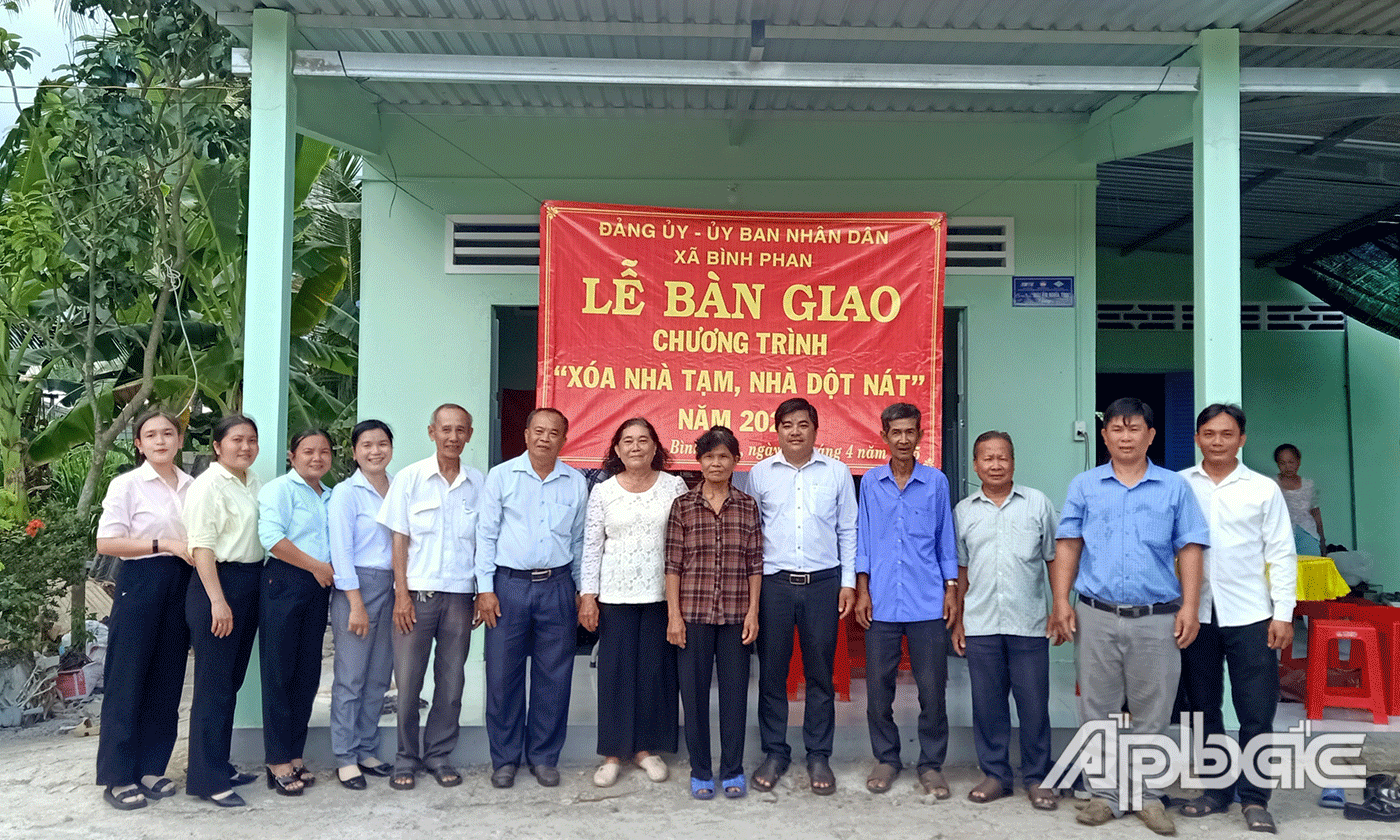
![[Photo] Summary of parade practice in preparation for the April 30th celebration](https://vstatic.vietnam.vn/vietnam/resource/IMAGE/2025/4/11/78cfee0f2cc045b387ff1a4362b5950f)














































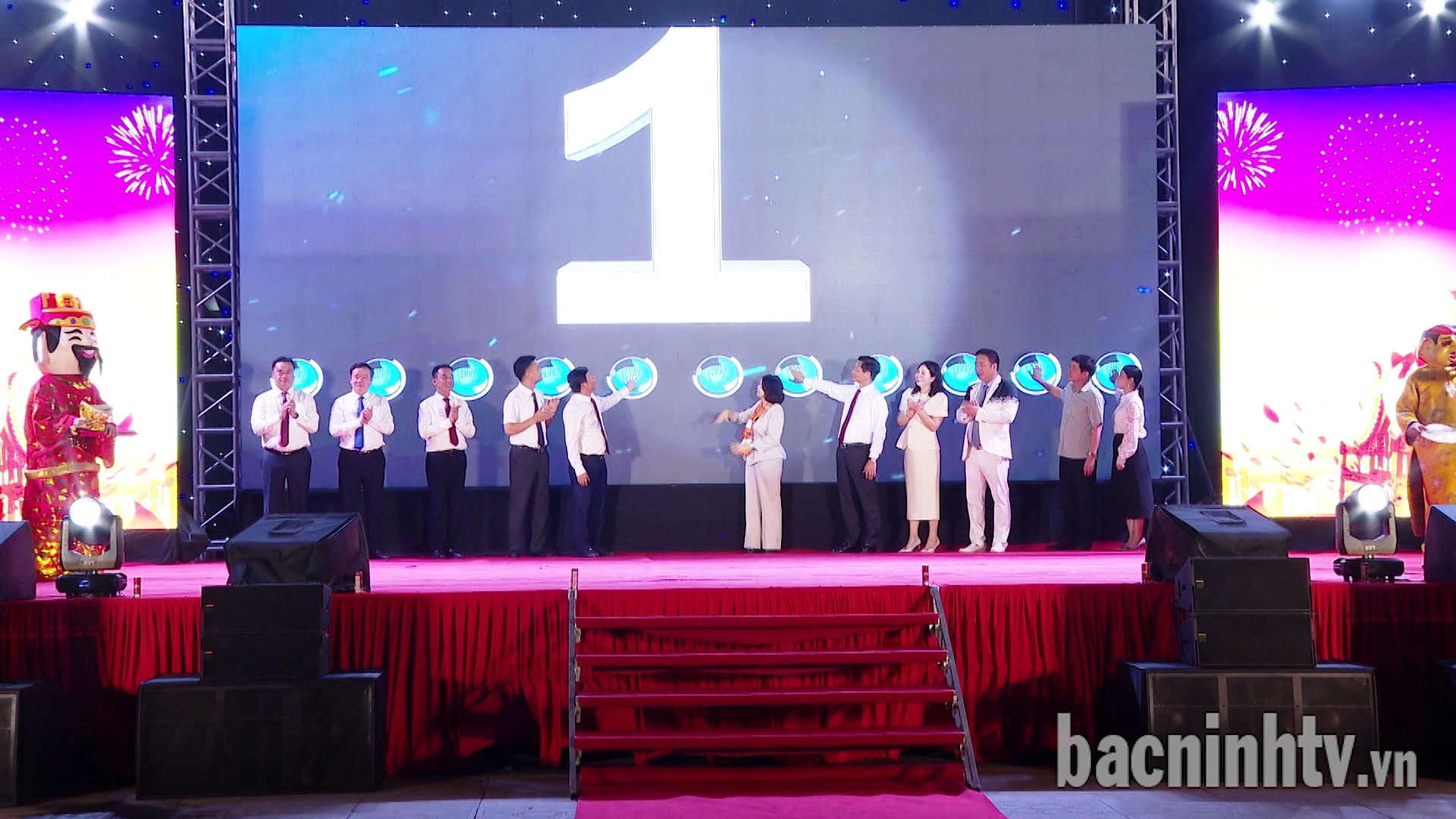
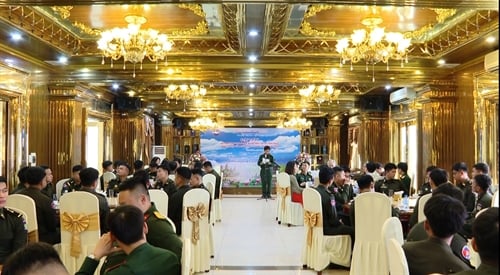













Comment (0)